The killer bee, formally known as the “Africanized honeybee,” is one of the most infamous invasive species in the United States. Similar to Frankenstein’s monster, the Africanized honeybee is a product of our own creation. While genetic hybrids have resulted in increased production in a number of animal species in the past, in the case of the killer bee we appear to have created a monster. Read on to learn about the killer bee.
Description of the Killer Bee
The killer bee looks quite similar to your standard honeybee. They have a yellow-colored, standard insect body consisting of a head, thorax (mid section), and striped abdomen (rear section). The main distinguishing characteristic between European honeybees and Africanized honeybees is the difference in behavior. Africanized bees defend a wider radius around their nests, and are much more aggressive in that defense.
Interesting Facts About the Killer Bee
Despite the name, killer bees do not differ significantly from other bee species. Other bees also defend their nests, but Africanized bees defend a larger radius with more vigor. These bees still possess useful traits and interesting characteristics, despite their confrontational nature.
- The Not-So-Monster Bee – Despite the image conjured with a name like “killer bee,” the Africanized honeybee isn’t any larger or scarier than the typical European bee. The killer bee is actually slightly smaller than its European cousin, but it’s still incredibly difficult to tell the difference between the two.
- Counterproductivity – Despite the fact that killer bees were created in an attempt to produce more honey, Africanized honeybees actually produces less honey than European honeybees. Killer bees produces honey at a rate five times slower than European honeybees do.
- Friends in Low Places – Africanized honeybees do not always nest in typical beehives. This species will create nests below the ground much more frequently than their European cousins. An underground nest is much more inconspicuous, and quite literally easier to stumble upon.
- The “Re-domestication” of the Killer Bee – Not all Africanized honeybees are maniacal killers! In fact, selective breeding in Brazil has begun creating more docile colonies. The “docile” bees do not have as pronounced aggression, and defend their hives with less vigor.
Habitat of the Killer Bee
As a hybrid species, killer bees don’t have a specific habitat or range. From the spread of unintentionally released individuals, we have learned that the Africanized bees do best in tropical areas. Because they are “built” for warm temperatures, they do not survive well in areas that become very cold during the winter.
Distribution of the Killer Bee
Killer bees were bred in Brazil, though when experimental colonies escaped, they quickly spread north. Colonies have been found in Argentina, Central America, Mexico, and the southern United States. Invasive Africanized bee populations have been established in California, New Mexico, Arizona, Texas, Nevada, Florida, and Louisiana.
Diet of the Killer Bee
Africanized honeybees, like all honeybees, feed on nectar and pollen. Honey is composed of partially digested nectar, and is used as a storable carbohydrate source. The honey produced by honeybees is used to feed bee larvae. Honey is also used as a food source for the hive over the winter, when it is too cold for bees to forage, and flowers are no longer in bloom.
The Creation of the Killer Bee
The Africanized honeybee is a cross between the African honeybee and the European honeybee. They were created by a Brazilian biologist for the purpose of increasing honey production. The hybrid was intended to produce larger quantities of honey, and thrive in tropical conditions.
Killer bees became an invasive species through accidental release into the wild. In October of 1957, 26 colonies of the Africanized bees escaped from their research facility. By 1985 these bees had made their way to the United States.
Killer Bee and Human Interaction
Though the killer bee’s sting carries no more venom than any other bee species, they are more dangerous than the average European honeybee. The Africanized bee is more easily provoked, will chase a threat farther, and will attack in greater numbers. This behavior is particularly dangerous when an individual has an allergic reaction to bee stings.
There is, however, a decent amount of sensationalism surrounding the “problem” of Africanized bees. The bees are not flying in search of a victim to attack, and, generally speaking, attacks by Africanized bees are rare.
Domestication
There has been an attempt to “re-domesticate” the Africanized honeybee through selective breeding. Colonies of bees that are considered more docile are bred to other docile colonies by biologists.
Does the Killer Bee Make a Good Pet
Hypothetically, if one desired to choose Africanized bees as an amateur beekeeper it would be possible, especially if you had access to docile colonies. However, European honeybees would be a much better fit. Beekeeping can be a wonderful hobby, and bees are very beneficial to the local ecosystem.
Killer Bee Care
Bees are relatively self-sufficient, though it is important to maintain the hive to keep your bees happy and healthy. The hive should be repaired if it is damaged, kept safe from predators, protected from the elements, and contain all the proper equipment to encourage honey production.
Behavior of the Killer Bee
Africanized bees differ slightly from European bees in their foraging activity. While European bees generally forage as a group, and communicate via “waggle dancing” to lead others to food, Africanized bees are generally more solitary when searching for food. These bees will communicate with one another, but in most cases the bees forage for nectar and pollen alone.
Reproduction of the Killer Bee
Virgin queen bees travel to areas where drones (males) congregate. The queen bee will begin a mating flight, and anywhere from 6-15 drones will mate with her. The queen stores the sperm acquired during the mating flight, and uses it to produce young for the rest of her life.



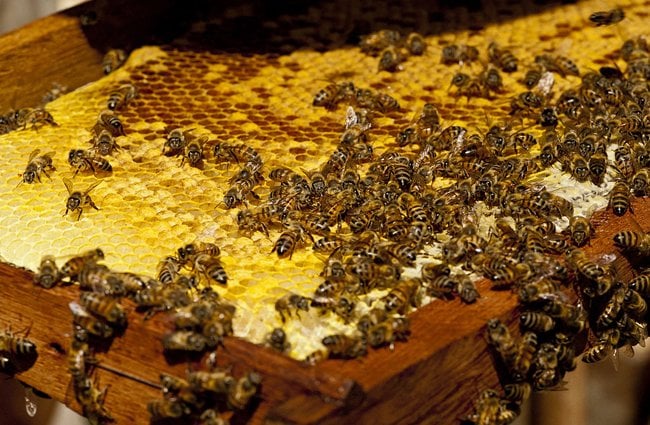
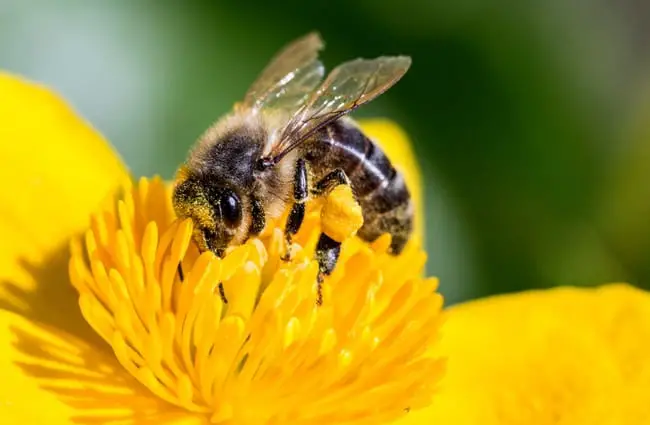
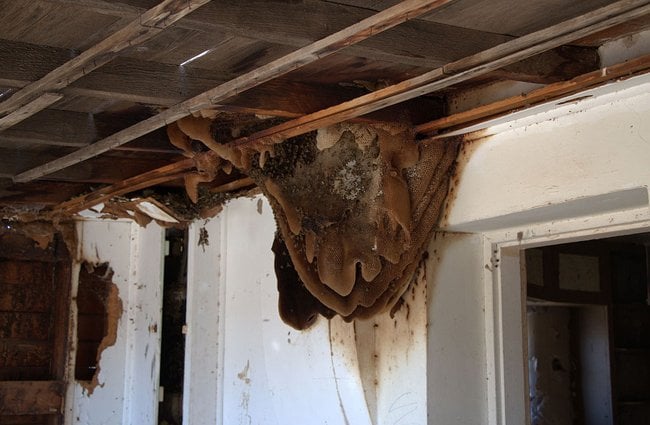

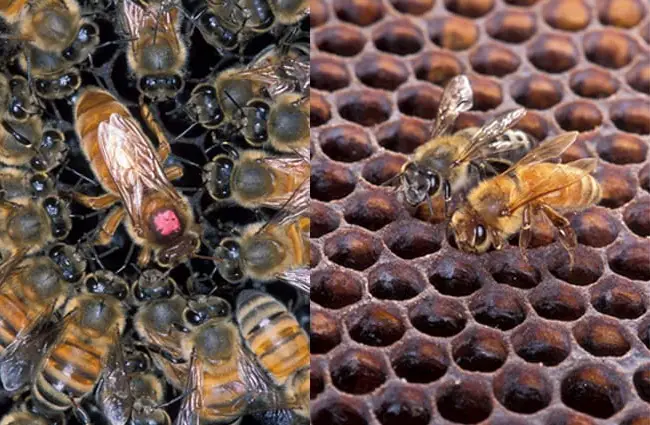

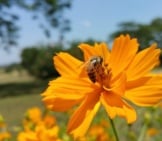
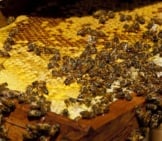
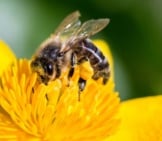

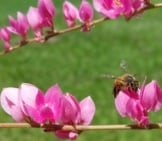
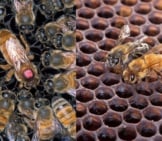
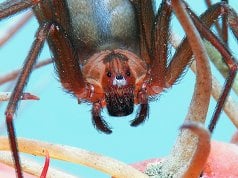
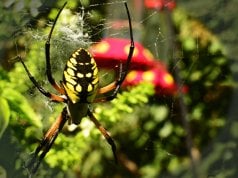











![Red Angus Closeup of a beautiful Red Angus cowPhoto by: U.S. Department of Agriculture [pubic domain]https://creativecommons.org/licenses/by/2.0/](https://animals.net/wp-content/uploads/2020/03/Red-Angus-4-100x75.jpg)

